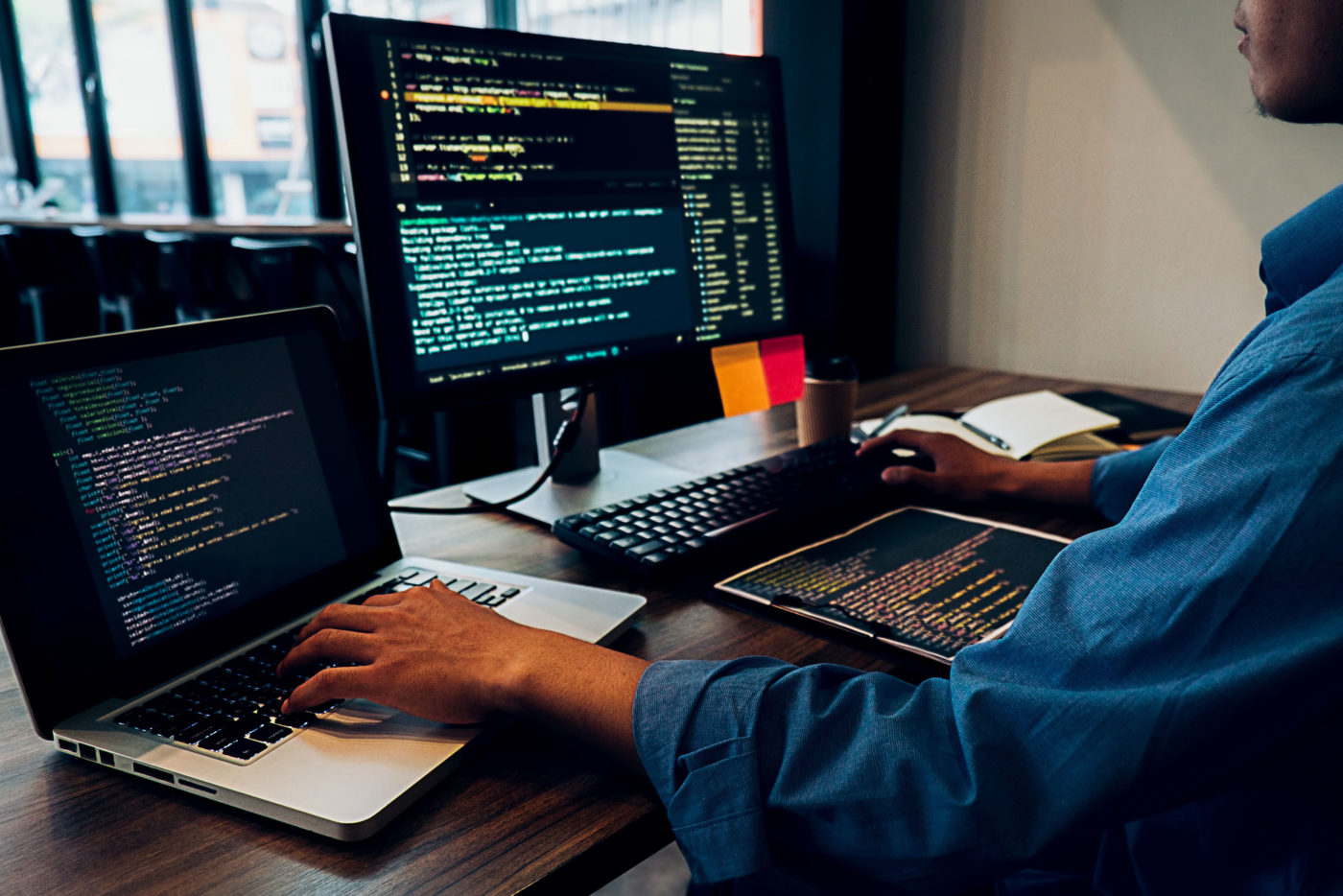
One of the fastest evolving sectors of IT has to be cybersecurity. For as long as we had computers it has always been an arms race on two sides, the attackers and the defenders. One thing that the pandemic has changed forever, among other things, is the way we work. A lot of people have shifted from the office to work from home. This has brought with it the need to protect businesses not only for performance sake but to shield them from any bad actors who seek profit by disrupting them. One of the most common methods of threatening any business have to be DDoD attacks. And most businesses are wise to have white-box DDoS testing done on their servers so that they know they are ready for any eventuality. To know more on the common cyber threats to be aware of make sure to check out networkassured.com.
Now let’s explore some directions cybersecurity is heading this year and why.
Explosion Of Ransomware Attacks
From a small architecture firm to a hospital or even I.R.S. agency, today no one is safe from ransomware attacks and they are most definitely on the rise. The basic premise is simple: encrypt any data that a company has, lock it and hold it for ransom. Some estimates have the costs of these attacks upward of $265 billion in the next decade alone. Real costs are in most cases unknown as companies tend not to disclose when they had a security breach and were held up for ransom.
To combat this some businesses use VPNs, but these are more and more looking to be ineffective, especially because most breaches happen with phishing. The better option it seems is Zero Trust Networks Access (ZTNA). In short ZTNA improves flexibility, agility and scalability. This way they are enabling digital ecosystems to work without exposing services directly to the internet, reducing risks of ransomware attacks.
Moving to the clouds
More and more people are simply moving their entire operation in the clouds. As this growing way of operating expands rapidly, so do some companies treat this migration with less care than they should. Misconfigured and mismanaged cloud-based infrastructure can lead to some vulnerabilities, as well as poorly trained staff workers and sub-par IT security officers. We must remember that almost all cyberattacks happen through social engineering, things like phishing links or malicious emails.
The biggest thing companies could do to enhance their security is to train their staff with the new way of doing things. Only if they quickly adapt to the new way of doing things. A lot of businesses won’t have a physical office anymore and the traditional network as it exists today will become a thing of the past, and the focus should be on the cloud.
In-House Security Threats
As we saw with the Capital One breach, threats can also come from within the company. Companies would be wise not to ignore the damage an employee can do to both its bottom line and, more importantly, its reputation. With the rise of remote work, companies have depersonalized the hiring process to a great extent.
While this has its benefits, like the location of a company or employee not being a barrier, it still should be a cause of some concern as to the true motive of a potential new hire. Companies should invest in some tools that limit the amount of damage an employee can cause.
Conclusion
As cybercriminals become more sophisticated in their efforts so should be its response. It’s a constant game of catch up and companies have to be vigilant. Added precaution and security measures they put in place may seem costly at first glance, but later on the true cost of complacency might end up to be insurmountable.
You may also like:- Why Proxy-Sale.com is the Right Choice for Your Proxy Needs
- ASPICE-Compliant Software Development: Ensuring Quality in the Automotive Industry
- Tips for Picking the Best Software Development Partner
- PAFI SUMEDANG UTARA : Making Achievements and Contributions in the Health Sector
- Reactive Dog Trainer in Denver: Preventive Approach to Reactivity
- Floki Crypto Explained: Everything You Need to Know Before Investing
- Top Key Features of Snaptik You Need To Know
- The Importance Of Having Proper Hearing Aids
- Impact of Energy Efficiency on Solar Power Systems Calculations
- Maxim Krippa bought the first gold medal of the CS: GO team







